The new Coronavirus, SARS-nCoV, originating in the Chinese city of Wuhan, has become a global health problem. That is why Labclinics wants to publicize the products and kits that can be of help to diagnostic laboratories.
What are coronaviruses?

Coronaviruses are a large family of viruses. Some coronaviruses cause disease in humans, and others cause disease in animals, such as bats, camels, and civets. Human coronaviruses generally cause mild illness, such as the common cold.
On rare occasions, animal coronaviruses can evolve to infect and spread among humans, causing severe diseases such as Severe Acute Respiratory Syndrome (SARS) that emerged in 2002 and Middle East Respiratory Syndrome (MERS) that emerged in 2012.
What do we know about the COVID-19 virus?
COVID-19 is a new strain of coronavirus not previously identified in humans. The virus was first identified in Wuhan, Hubei province, China, where it caused a massive outbreak. Since then, it has spread to other regions of China and is now considered a pandemic by the World Health Organization. To this day, we know that the COVID-19 virus is closely related to a coronavirus that affects bats.
Sample Collection and Storage Kits
For handling respiratory samples, such as swabs, Labclinics has the iSWAB Microbiome Collection Kit from the commercial house Mawi DNA Technologies.
Product characteristics
- Non-toxic stabilization without the presence of detergents.
- The microbial representation is able to remain intact from the moment of collection until weeks later.
- Transport and storage at room temperature.
- The stabilization buffer effectively inactivates bacteria, fungi, spores and viruses allowing safe transport of biological samples.
- Purified microbial DNA or RNA isolated from collected samples is compatible with qPCR, microarray, and NGS-based applications.

Viral RNA Purification and Extraction Kits
Minerva Biolabs offers in its catalog kits for the extraction and purification of viral DNA and RNA from a variety of starting materials. The kit ExtractNow™ Virus DNA/RNA Kit is recommended for samples with unknown viruses. Includes an internal control for DNA and RNA extraction.
Product characteristics
- The kit can be used with the following starting materials: serum, plasma, body fluids, cell culture supernatant, tissues and biopsy (up to 20 mg) and swab samples.
- Kit based on filtration and centrifugation micro-columns. Research Use Only. Available format: 10 and 50 columns.
Real-time PCR kit to detect COVID-19
RNA from a wide range of SARS-CoV viruses or specifically from the SARS-CoV-2 virus can be qualitatively analyzed using RT-qPCR. Minerva Biolabs offers all of these products for RUO use.
ExtractNow™ Virus DNA/RNA Kit
Simultaneous isolation of viral DNA and RNA from a variety of starting materials. Column-based extraction method. Optimal removal of inhibitors ensures problem-free use of nucleic acids in downstream applications.

ExtractNow™ Virus RNA Swab Kit
Isolation of viral RNA from swabs (including nasopharyngeal and oropharyngeal swabs). Column-based extraction method. Optimal removal of inhibitors ensures problem-free use of nucleic acids in downstream applications.

SARS-CoV-2 Confirm
SARS-CoV-2 viral RNA detection system by RT-qPCR. Includes: Primers/Probes and Controls. Requires reagents for RT-qPCR (eg reverse transcriptase, Taq polymerase, dNTP)

Ref: 271-2100
Solutions to decontaminate surfaces
Contaminations by DNA, RNA, DNases and/or RNases represent a major concern for highly sensitive techniques such as PCR. Contaminating DNA or RNA can cause cross-contamination between samples and inaccurate data, false positive results, or PCR artifacts.
Minerva Biolabs DNA Decontamination Reagents can be used efficiently and safely to remove DNA contaminants from any workspace, equipment, and work surfaces.
Available as a spray or disposable wipes for gentle decontamination, PCR Clean™ is a DNA decontamination solution with biodegradable components.
LabClean ™ can be included in the laboratory cleaning routine, in order to prevent DNA / RNA contaminants from spreading to other laboratory areas and reduce the risk of DNA contamination.
If you need more information or have any questions, do not hesitate to ask us:

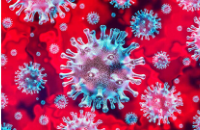

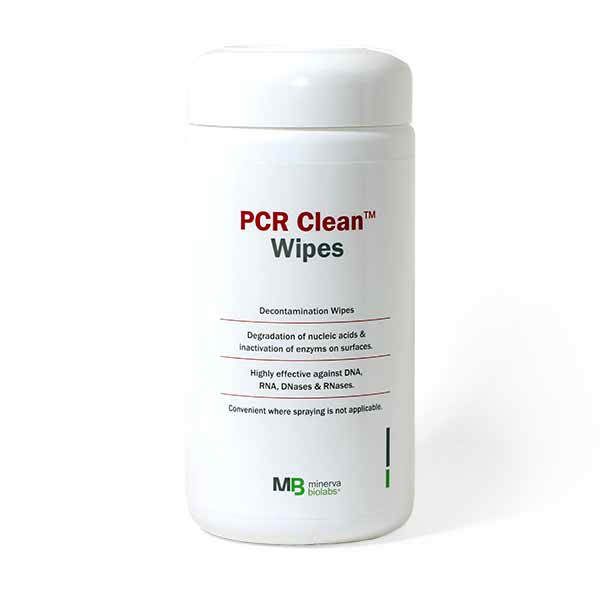
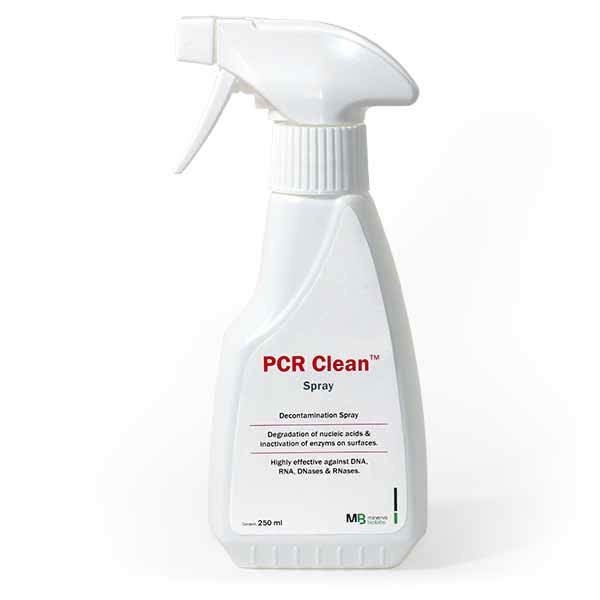
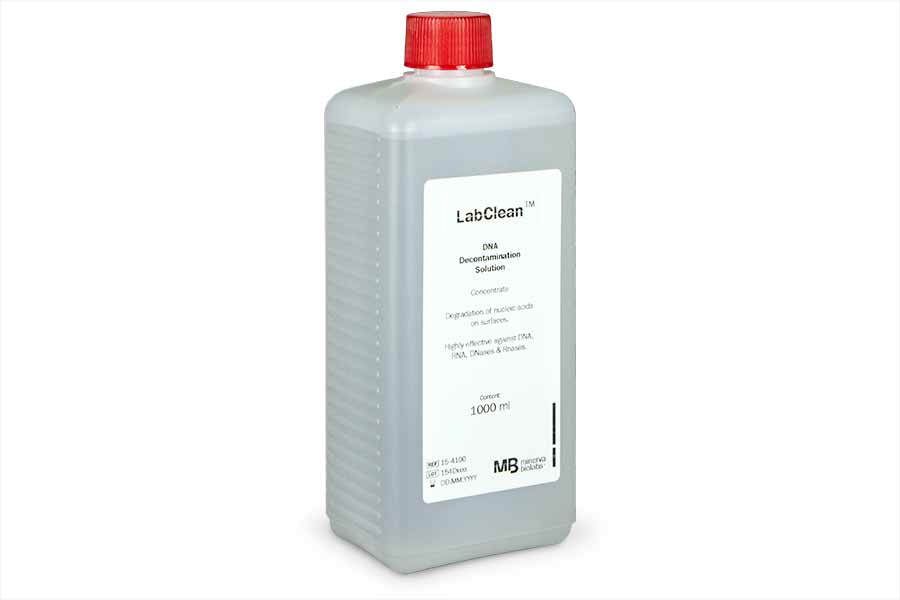


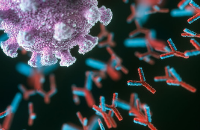
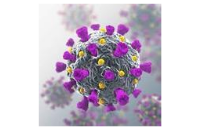
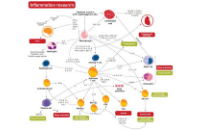
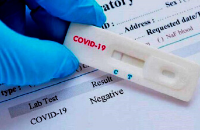

Leave a reply